To speak of Ancient China is to speak of thousands of years. China is one of the oldest civilizations in the world and has such a rich history that its culture is infinitely complex.
Divided into dynasties, this millenary civilization, whose society revolved around the family and the veneration of their ancestors, whom they elevated to the category of spiritual presences, has changed little in its way of seeing life.

Traditional Chinese family - Jia
The traditional Chinese family -called Jia- was considered the social structure par excellence. Family life and social organization were inseparable. It was in the family that the State found its foundation.
But to understand the nature of the traditional Chinese family model and its social implication, one must take into account the traditional values that structured it. These values were based on the principles, ideas, and moral precepts of Confucius (551-479 B.C.), which governed Chinese society for millennia.
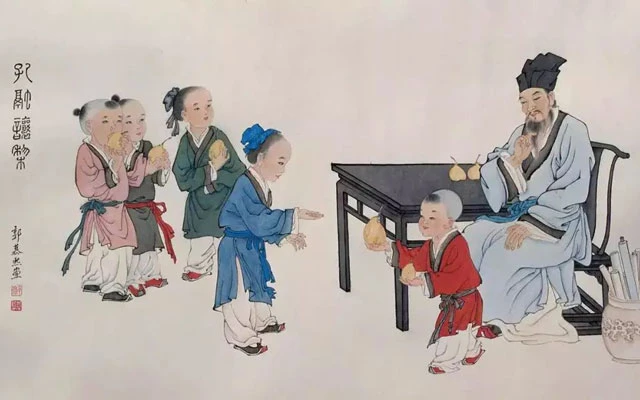
For Confucianism, the family was the social institution in charge of guaranteeing stability, harmony, and the social system. Thus, in its scale of values, great importance was attached to the formation of large families, with grandparents, parents, children, and grandchildren. This type of family, in which three, four and even five generations lived together, was normal and ideal, and it was even considered shameful to divide them.
Each large family was governed by a very rigorous patriarchal organization, based on a strict system of hierarchy. Within this system, duties, obligations and rights were established according to gender, age, and generation, all of which were based on respect for paternal authority.
Thus, the heads of the family had absolute power to deal with family matters, while the younger generations had no right to decide. Consequently, special importance was given to the virtue of loving one's parents, which they called filial piety.
This moves the child to love and respect his parents, to contribute to their comfort, and to give them happiness and honor. Filial piety included the obligation for children to live, even after marriage, under the same roof as their father and to render him obedience -almost childlike- all their lives.
Within the family, respect for authority was accepted and practiced through a network of kinship, the most important manifestation of which was the cult of ancestors. In every family the head was a man, the eldest, and his authority extended over his wife, concubines, sons, grandchildren, daughters-in-law, unmarried daughters, and all relatives living under his roof.
The patriarch controlled the traditional Chinese family economy, the marriage of his children and the destiny of all family members. For women and children, the Jia was the center and limit of the world.
Traditional marriage in China
Traditional marriage unions were contracts entered into by the families of those involved, who kept to themselves without even knowing each other before marriage, as courtship was considered unnecessary. It was the heads of the respective families who intervened to conclude the contractual relationship and the socioeconomic position of the families involved was generally the main factor determining the decision.
The patriarchs used their young offspring to make such arrangements, and they complied without resistance. Traditional marriage therefore reflected family rather than individual interests.
On the wedding day, the groom, dressed in his best clothes, would go to the bride's house where he would pick her up in a bridal palanquin and, together, they would go to her father's house, where the guests were gathered.
The bride used to cover her head with a red cloth, in order to exorcise evil spirits, pray for happiness. After her arrival, sweet drinks were served in a bridal cup, from which the bride and groom were to drink to seal their marriage. From this moment on, during the wedding ritual, the daughter officially broke the ties with her family of origin, to move to her husband's place of residence.
She thus became part of this new patriarchy, in which she had to serve her new family - which included her ancestors - and where her existence was restricted to household chores.
The institution of traditional marriage did not give the woman the right to family property as long as her husband was alive, and since she was marginalized from productive activity, she had no resources of her own.
Divorce in ancient China
The right to divorce in ancient China was a male privilege, and rather than a couple's decision, it was considered a family matter. If the marriage did not meet the interests and expectations of the traditional Chinese family, it was grounds for divorce.
As far as fidelity was concerned, this was an obligation exclusively of the wife and was extended after the death of her spouse. In the case of widowhood, a woman had to maintain chastity until her death, without being able to remarry. Meanwhile, male polygamy was allowed, and even having several concubines was considered a sign of distinction and socioeconomic status.
Motherhood
As we can see, the situation of women, as wives, was extremely precarious and their duties were infinite.
Motherhood was therefore the greatest satisfaction for women forced to endure the hostile daily life, lacking in rights, under the harsh tyranny of the mother-in-law. Having children - sons - granted them the only opportunity to achieve some recognition within the Jia.
The birth of a son was considered a great joy because it guaranteed the continuation of the paternal line. In contrast, the birth of a girl child was experienced as lesser happiness.
Education
The importance of traditional Chinese family education is explained by the consideration of the Jia as the basis of social organization.
The basic, initial education was carried out within the family, by the father, who had to teach his son to speak, to behave in society, to know his duties towards the elders, etc. They were also initiated in the learning of reading, which lasted until they were seven years old.
For their part, the children had to correspond to their father's love - filial piety - and submit to his authority.
As for the education of women, it depended on the social class to which they belonged. In rural areas, peasant women did not receive formal education; it was considered a useless expense. Instead, they were taught practical matters for a good performance in domestic life.
Among the privileged classes, some girls took advantage of the lessons received by their male siblings to accumulate general cultural knowledge.
The good thing is that the status of women in modern society has changed a lot. The bad parts have been left behind by modern life, while harmonious families and great motherly love still continue.
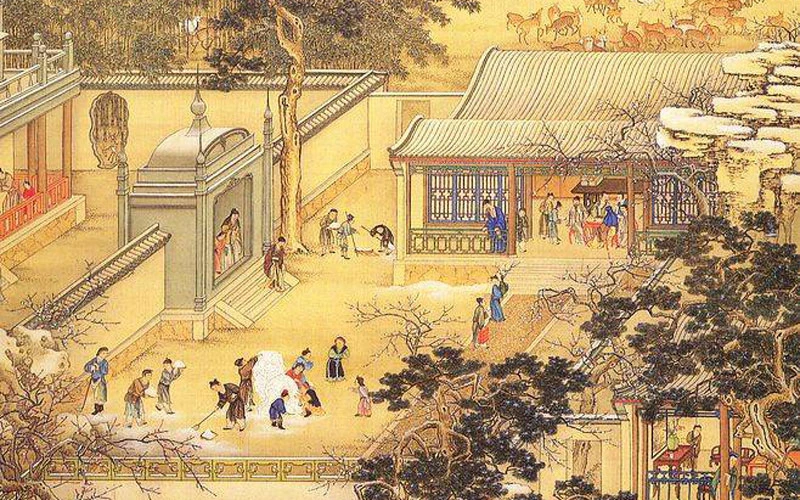
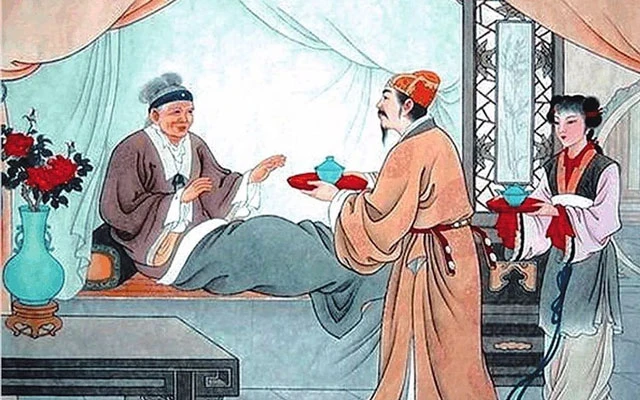

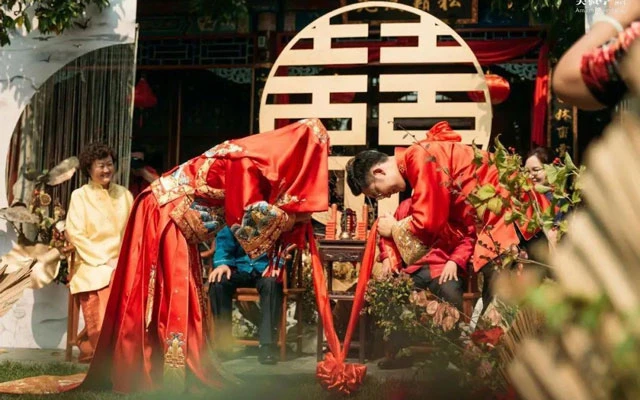




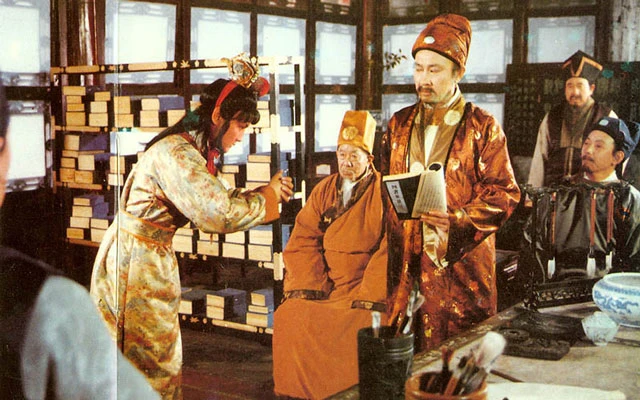
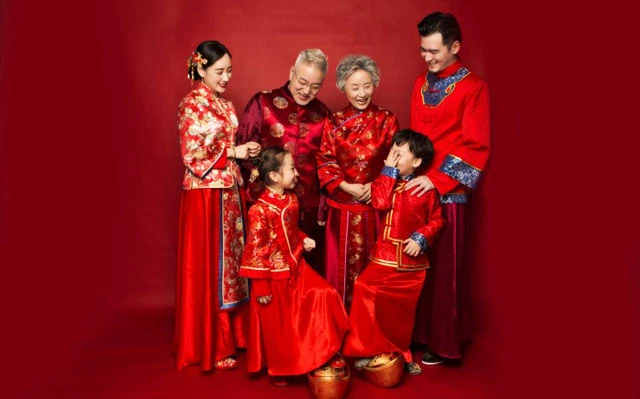

Bits of these still happen, even now. Some good, some bad. But what we can do is take the good and contemplate on the bad.